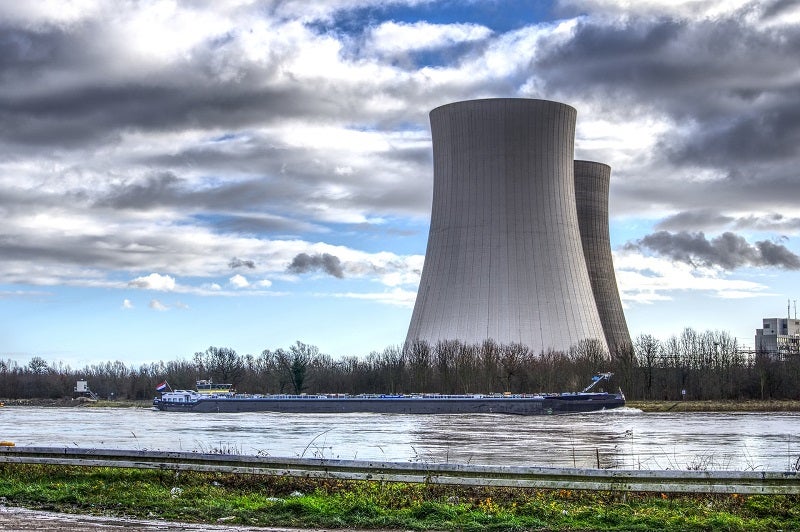Wheelabrator Gloucester Waste To Energy Plant is a 14MW biopower project. It is located in New Jersey, the US. According to GlobalData, who tracks and profiles over 170,000 power plants worldwide, the project is currently active. It has been developed in a single phase. Post completion of construction, the project got commissioned in 1989. Buy the profile here.
Description
The project is developed and owned by Wheelabrator Technologies.
The project supplies enough clean energy to power 15,000 households.
Municipal solid waste is used as a feedstock to power the project.
Development status
The project got commissioned in 1989.
Contractors involved
Dresser-Rand Group was selected as the steam turbine supplier for the project. The company provided 1 turbine with 14MW nameplate capacity.
Babcock & Wilcox Enterprises supplied steam boiler for the project.
See Also:
For more details on Wheelabrator Gloucester Waste To Energy Plant, buy the profile here.
About Wheelabrator Technologies
Wheelabrator Technologies Inc (Wheelabrator), a subsidiary of Macquarie Infrastructure Partners Inc., is a waste management company that offers clean energy services. It supplies renewable electric power through the conversion of waste fuels. Its services comprise municipal solid waste disposal service, commercial and industrial waste disposal service, special waste disposal service, roll-off services, metals recovery and recycling and ash management among others. Wheelabrator offers recycling of plastic, paper and metals from the waste stream. It operates waste-to-energy facilities, transfer stations, ash mono files, landfills, and fleets of rail cars and collection vehicles. Wheelabrator is headquartered in Portsmouth, New Hampshire, the US.
Premium Insights
From

The gold standard of business intelligence.
Blending expert knowledge with cutting-edge technology, GlobalData’s unrivalled proprietary data will enable you to decode what’s happening in your market. You can make better informed decisions and gain a future-proof advantage over your competitors.




